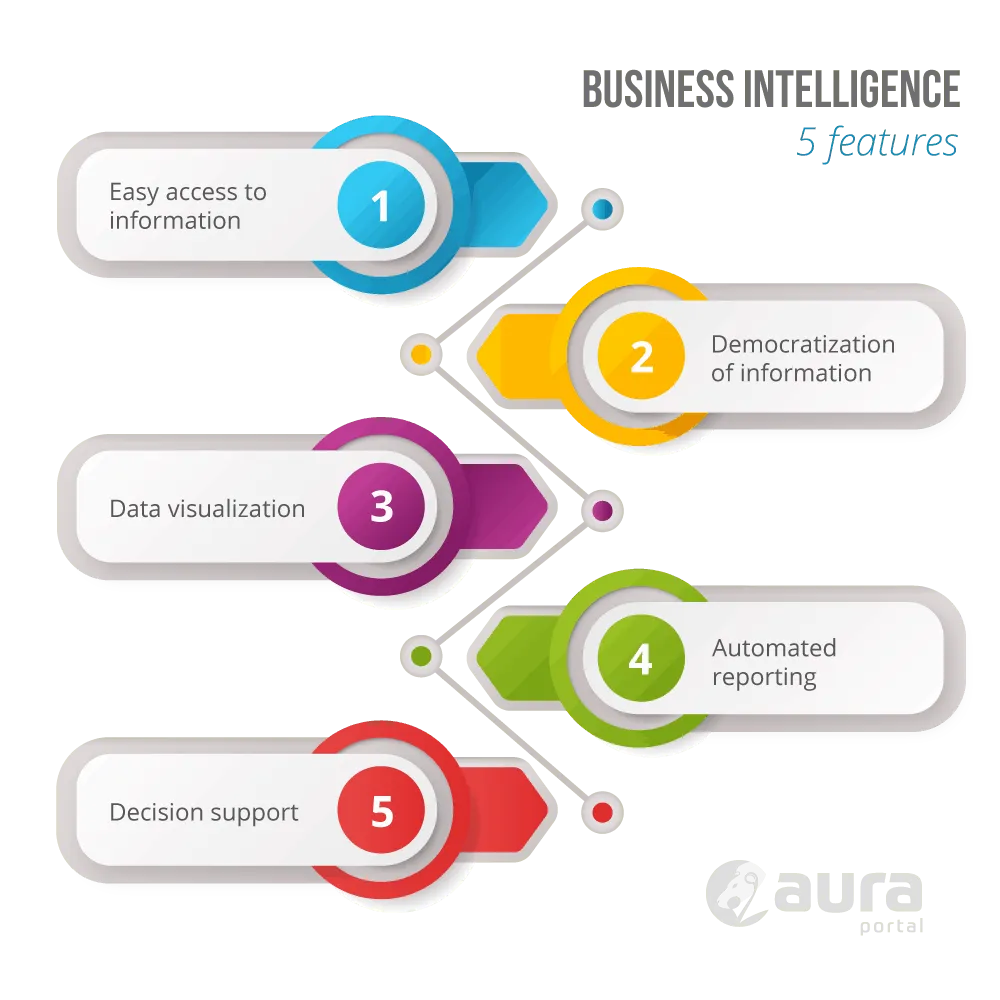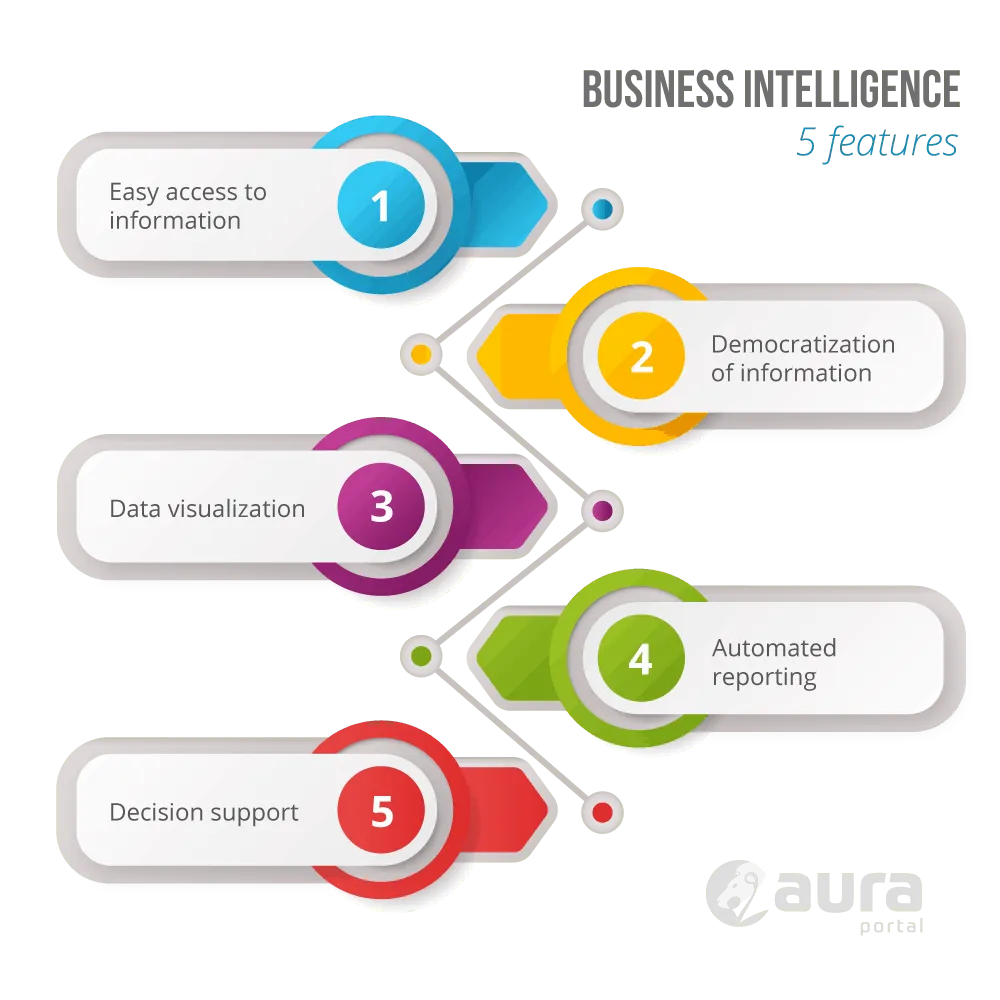Low Code and its role in Business Intelligence
Blog: AuraQuantic Blog
On this occasion we will talk about how Low-Code development helps and complements a company’s Business Intelligence strategy, which is often abbreviated as BI. To do this let’s begin by introducing the concept of Business Intelligence.
What is Business Intelligence?
The term Business Intelligence was introduced in the 1950s, by IBM researcher Hans Peter Luhn. He defined BI as “the ability to apprehend the interrelationships of presented facts in such a way as to guide action towards a desired goal”. Over the years the term has evolved into the field of digital transformation.
Definition of Business Intelligence
Business Intelligence is the set of techniques, methodologies and analytical tools used to analyze business information, hereby supporting subsequent decisions and objectives.
Characteristics of Business Intelligence
The following are 5 typical features of Business Intelligence systems:
- Easy access to information, ranging from connection to visualization and analysis.
- Democratization of information, to empower people who don’t have high technical or statistical knowledge to analyze information.
- Data visualization with visual analytics, KPIs and interactive dashboards.
- Automated reporting with predictive analysis mechanisms.
- Decision support thanks to different types of data analysis.

Difference between Big Data and Business Intelligence
The term Big Data is commonly used together with Business Intelligence to refer to the storage and analysis of company data. While Big Data focuses on the set of technologies that allow the unification, cleaning and storage of data from various sources (in a Data Warehouse), Business Intelligence contemplates the later stages, focusing on analyzing the stored static or dynamic data.
The role of Low Code in Business Intelligence
With Low-Code technology companies can create intelligent applications with a minimum use of code. In turn, these platforms offer an array of features that make them an interesting solution for Big Data + Business Intelligence strategies. It is worth highlighting how easy Low-Code platforms make it to generate, store and analyze data, and to integrate third party software.

Data generation
Low-Code platforms facilitate the creation of applications from backend to frontend, giving companies control of the data they generate. Running applications will be a constant source of data about a company’s daily operations, offering real and valuable information for subsequent strategies and future decision making.
Data storage
Generally, Low-Code platforms have their own database management, centralizing the information generated by processes or applications in a structured way, forming part of a larger Big Data strategy.
Data analysis
Low-Code development tends to have integrated mechanisms for data analysis: from KPIs and BAMs, to full reports with customizable analytics and filters. However, if optimized real-time analysis and data mining tools are required, these platforms and their databases are easily integrable with external tools such as these mentioned below.
Integration of external analytics software
There will be situations where specific solutions are required for advanced data analysis; for example, some situations may have such a large amount of data that we require OLAP (online analytical processing), or other situations may require Data Mining (data mining).
In addition to the features seen above, modern programs, services or platforms specialized in Business Intelligence share common functionalities which tend to incorporate features for integration with other platforms, either at API level or via database connection.
Power BI
Power BI is Microsoft’s Business Intelligence solution, which aims to offer interactive visualizations and business intelligence capabilities using intuitive and simple interfaces.
Tableau
Tableau is another great solution for interactive visualization of data focused on business intelligence, that we have integrated with AuraPortal for certain projects and achieved impressive results.
The post Low Code and its role in Business Intelligence appeared first on AuraPortal.
